Introduction:
To keep your car in good working order, you must have a basic knowledge of its mechanics as a driver. The driveshaft, which transfers power from the engine to the wheels, is one of the crucial parts of your car's powertrain. We will define a driveshaft, describe its purpose, and discuss what may happen if it breaks while moving.
1 Driveshaft: What Is It?
A driveshaft is a drivetrain component that resembles a cylindrical tube that transmits force from the engine to the wheels. To transfer torque from the gearbox or transfer case to the rear axle or front wheels, a driveshaft made up of a number of joints and shafts must operate together.
Depending on the kind of vehicle, the driveshaft's length and shape may change, but it is normally composed of a hollow steel tube with universal joints at either end. The driveshaft may bend when the vehicle travels over rough terrain thanks to the universal joints, which enable power transmission even when the wheels are at odd angles.

2 What Purpose Does a Driveshaft Serve?
The driveshaft's main job is to transfer engine power to the wheels so that the automobile can move. The driveshaft is necessary for the engine's power to go to the wheels, which allows the car to move.
The engine produces power when the driver steps on the gas, and the gearbox or transfer case then transfers that power to the wheels. From there, the driveshaft transfers the power to the front or rear axles or both. The wheels turn while the driveshaft revolves, propelling the car forwards.

3 What happens if my drive shaft breaks while driving?
It can be terrifying if your driveshaft breaks while you're driving. The first thing you'll hear coming from underneath the car is a loud pounding or clunking sounds. There can be an abrupt loss of power along with the noise, making acceleration challenging or impossible.
Depending on the extent of the damage, the driveshaft can totally separate, bringing the vehicle to an abrupt halt. Sometimes a damaged driveshaft might become embedded in the road, locking the back wheels and sending the car into a skid.
It might be dangerous if the driveshaft breaks while you're moving at a high rate of speed. The unexpected lack of power may cause the car to descend quickly, which might result in a collision with the car in back of you. In addition, a driveshaft stuck in the pavement increases the risk of a major accident by making the vehicle spin out of control.

5 Driveshaft failure has what causes?
Driveshaft failure can be caused by a number of circumstances, such as:
1.Wear and Tear: The driveshaft's universal joints may become loose or even separate from the driveshaft as a result of wear and tear over time. Furthermore, failure might result from wear or damage to the driveshaft itself.
- Misalignment: An improperly aligned driveshaft can result in uneven wear and strain and failure. Several things, such as old or broken suspension parts, accident damage, or improper installation, might result in misalignment.
3.Overloading: The driveshaft can become damaged if the vehicle is often overloaded or utilised for heavy-duty purposes.
4.Corrosion: The driveshaft may corrode and fail if it is exposed to dampness or corrosive substances.
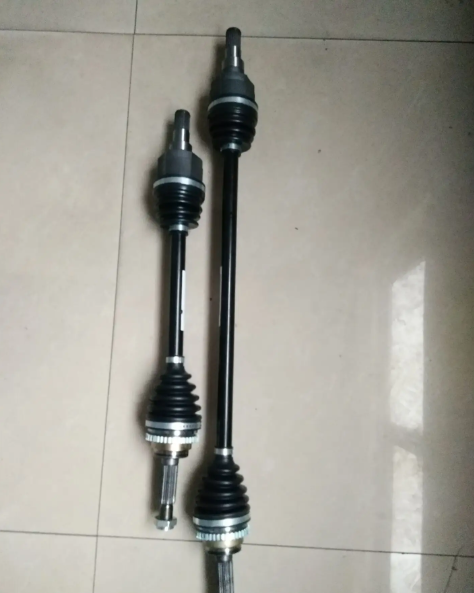
6 How Can Driveshaft Failure Be Prevented?
Fortunately, you may take a number of precautions to avoid driveshaft failure, such as:
1. Routine Maintenance: Routine maintenance can assist in identifying possible faults before they escalate into larger difficulties. At least once a year, you should have a qualified technician check over your car's powertrain to make sure everything is oiled and in excellent working order.
2. Prevent Overloading: Prevent overloading your car or utilising it for heavy-duty tasks that might add to the driveshaft's stress.
3. Correct Alignment: Check the suspension parts often, and after any crashes, have the driveshaft examined to make sure it is correctly aligned.
4.Rust Defence: To stop rust and corrosion from developing on the driveshaft, defend the underside of your automobile from moisture and corrosive substances.
5.Upgrade to a High-Performance Driveshaft: If you often use your car for high-performance purposes, you might want to upgrade to a driveshaft that can withstand the additional strain.
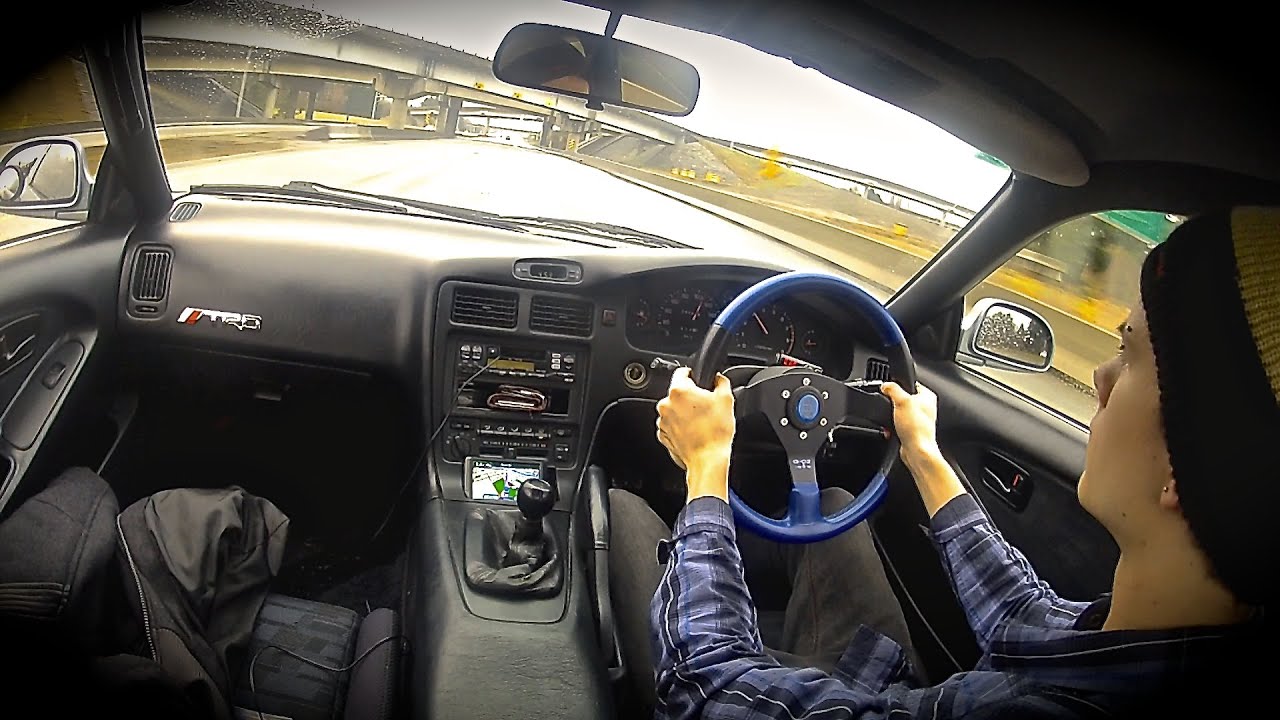
7 What Should You Do If Your Driveshaft Breaks While You're Driving?
It's critical to maintain your composure and take the following actions if your driveshaft breaks while you're driving:
1. Steer to Safety: If at all feasible, direct the car to a safe location or the side of the road.
2. Disconnect the engine: After coming to a halt, disconnect the engine to avert additional damage.
3. Call for Help: To have the car transported to a shop, call a tow truck or roadside assistance agency.
4.Inspect the Driveshaft: Once the car is in the shop for repairs, have a qualified mechanic examine the driveshaft to identify the root of the issue and suggest the required fixes.
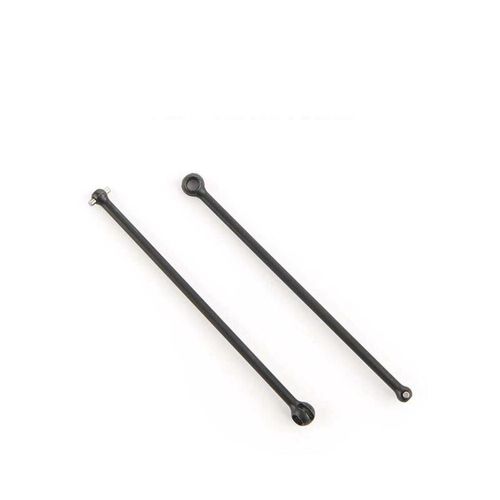
8 In Conclusion
In conclusion, the driveshaft, which transfers power from the engine to the wheels, is a crucial part of a car's powertrain. Driving when the driveshaft is broken might be risky and result in a loss of power or a major accident. You may, however, avoid driveshaft failure and guarantee that your automobile is always in good operating order by doing the necessary maintenance and care. To prevent any potential road safety risks, it's crucial to get your vehicle's drivetrain evaluated by a qualified technician if you notice any problems.
The Previous Articles:
What Is Rack and Pinion Bushing? How To Tell If Rack and Pinion Bushings Are Bad?
Why Steering Rack Makes Noise When Turning?
How To Rebuild A Steering Rack?
What Is A Rotary Valve Power Steering Rack?
Rack And Pinion System Vs Power Steering System: What Are The Differences?
Power Steering Rack Market Analysis Report (Japan Market)
What Causes Steering Rack to Go Bad?
Design Of Car Rack And Pinion Steering Racks
What Is The Intelligent Steering Rack Used By VW, Toyota, Honda And Renault?

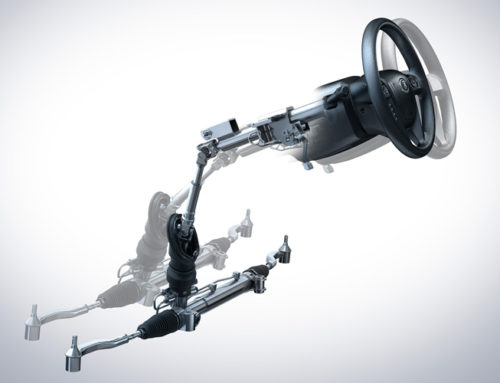
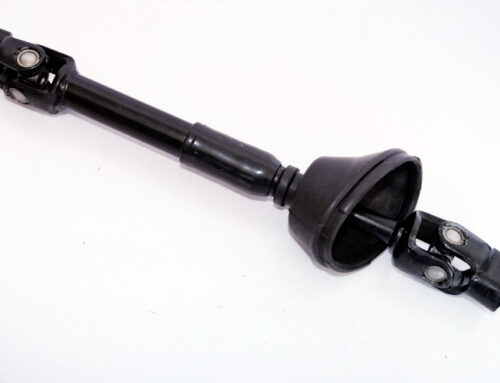
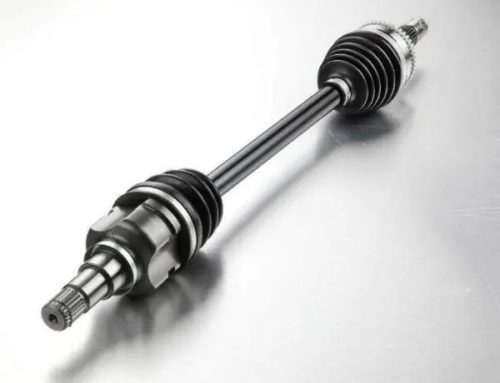
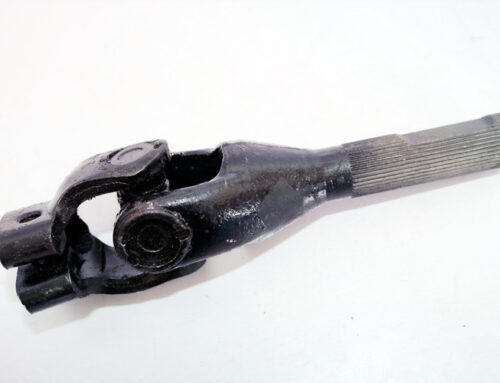

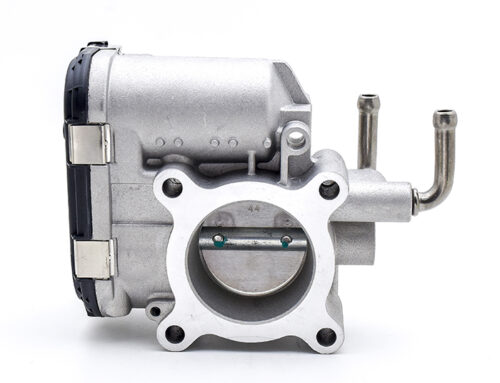
I’m thankful for your explanation when you informed us that wear and tear can cause a driveshaft’s universal joints to become loose or even separate from the driveshaft itself, which will lead to failure. I need a new driveshaft for my brother’s car since he recently started joining competitive races. I’ll take note of this while I help him find a new racing driveshaft for his car here in Williamstown soon.